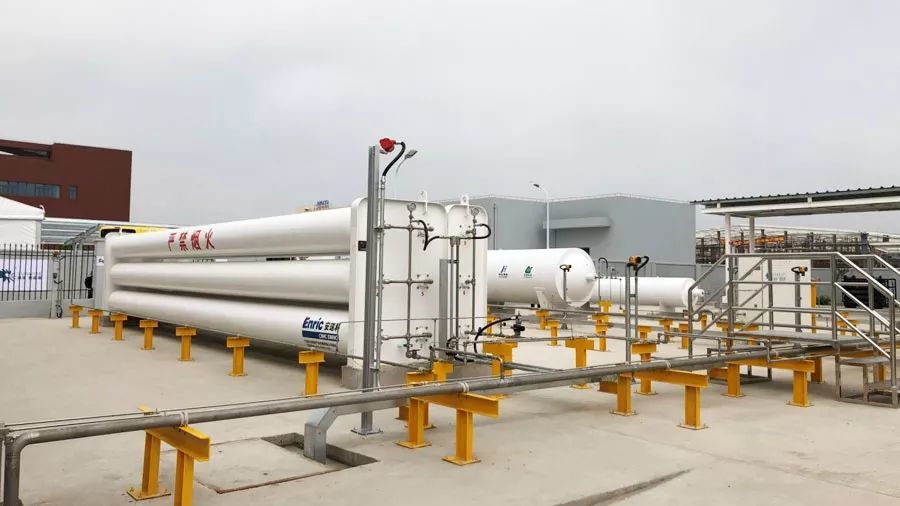Solid hydrogen transportation, it is relatively simple to use hydrogen storage materials to store and transport hydrogen, that is, use hydrogen storage alloys to store hydrogen, and then transport containers containing hydrogen storage alloys.
Solid hydrogen has the following advantages:
(1) The volumetric hydrogen storage density is high;
(2) The working conditions of the container are mild, and high-pressure containers and insulated containers are not needed;
(3) The system has good safety and no explosion hazard.
The biggest disadvantage is that the transportation efficiency is too low (less than 1%).
The solid hydrogen transportation device should be light in weight and large in hydrogen storage capacity.
For example, the multi-tube atmospheric heat exchange hydrogen fixing device of the Osaka Hydrogen Industry Research Institute, using 672kg of titanium-based hydrogen storage alloy, can store 134m³ of hydrogen, the hydrogen storage rate is 1.78%, and the hydrogen pressure is 3.3~3.5MPa.
Mannesmann and Daimler-Benz of Germany use 7 pipes with a diameter of 0.114m for internal isolation, external cold and hot hydrogen fixing devices, 10 tons of Chin-based hydrogen storage alloy, hydrogen storage of 2000m³, and hydrogen storage rate of 1.78% , Hydrogen pressure is 5MPa. The titanium-based alloy here needs to be heated to a higher temperature when hydrogen is released.
Due to the high price of hydrogen storage alloys (usually hundreds of thousands of yuan/ton), the slow rate of hydrogen release, and the need for heating, it is rare to use solid hydrogen for transportation.
